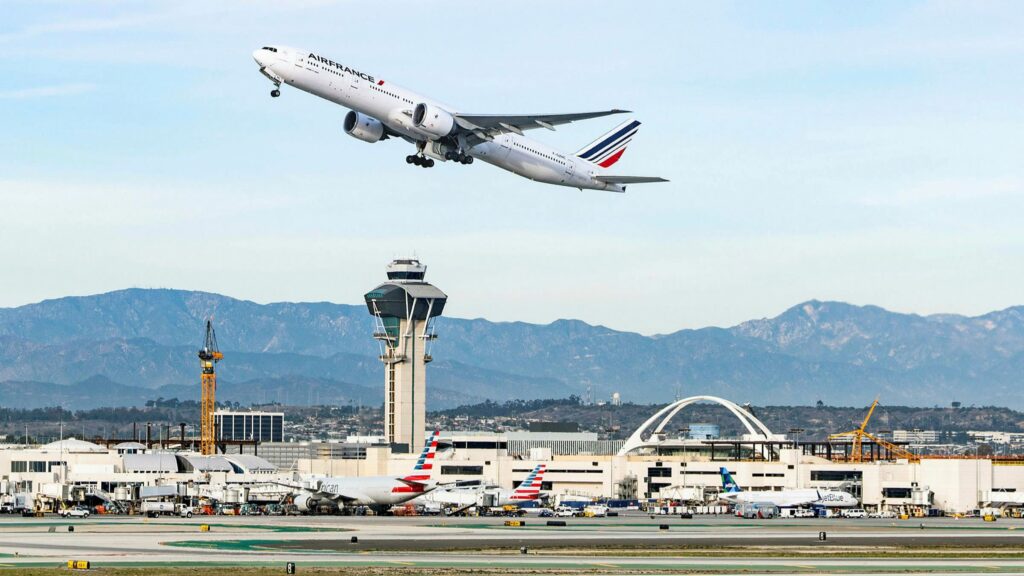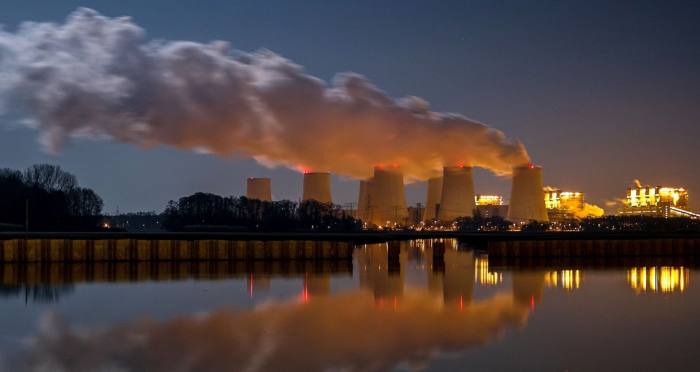Chance of temporarily reaching 1.5C in warming is rising, WMO says

The chance of global warming temporarily reaching the 1.5C mark in the next five years has risen to more than 40 per cent after new monitoring data from the Arctic, according to the World Meteorological Organization.
The latest annual report, led by the UK Met office, predicted the rise in the average global temperature by 1.5C since pre-industrial times was likely in at least one of the next five years, and could rise by as much as 1.8C.
The likelihood of global land and sea temperatures warming to those levels in the years to 2025 was “increasing with time”, it said. The forecast combined reports from Spain, Germany, Canada, China, USA, Japan, Australia, Sweden, Norway and Denmark.
The prediction that would see the threshold, at which scientists warn there will be catastrophic consequences, touched follows a move last week by the G7 group of countries to narrow their target to limit global warming to 1.5C, from a previous 2C goal.
That goal relates to the consistent increase in temperatures over the long term, rather than heating in an individual year.
The 2015 Paris accord binds signatories to limit warming to “well below” 2C as a red line, with the preferable limit of 1.5C, in an effort to minimise the risk of increasingly extreme weather and natural disasters.
“Having individual years more than 1.5C above the historical average wouldn’t mean the Paris target is breached, but this is an unmistakable warning sign that the door will close if governments make the wrong choices,” said Richard Black, senior associate at the Energy and Climate Intelligence Unit.
The Met Office said the chance of temporarily reaching 1.5C had “roughly doubled compared to last year’s predictions” as a result of better monitoring data for the Arctic, which was warming at a particularly rapid rate, and more accurate marine measurements.
Gail Whiteman, Arctic base camp founder and professor of sustainability at the University of Exeter’s business school, said the Arctic was warming nearly three times faster than the globe as a whole.
This was exacerbating the sea-level rise, and worsening global heating as well as extreme weather events.
The Met Office said there was a 90 per cent chance that at least one year in the next five would become the warmest on record, surpassing that reached in 2016.
Last year, the global average temperature was 1.2C warmer than pre-industrial levels, according to the WMO.
Mean global land and sea near-surface temperatures have risen steadily since the 1960s, with 2016-20 the warmest stretch since records began in 1850, according to the Met Office. As the climate changes, parts of Europe and North America are likely to become drier, while rainfall could increase in the Sahel region of Africa and in Australia.
Adam Scaife, the head of seasonal to decadal prediction at the Met Office, cautioned that assessing the rise in global temperatures in the context of climate change “refers to the long-term global average temperature, not to the averages for individual years or months”.
“Nevertheless, a temporary exceedance of the 1.5C level may already be seen in the next few years,” he added.
The weather service said it was “very unlikely” that the five-year mean annual global temperature for the period 2021 to 2025 would be 1.5C warmer than the average for the 1850-1900 period.
Follow @ftclimate on Instagram
Climate Capital

Where climate change meets business, markets and politics. Explore the FT’s coverage here.
Are you curious about the FT’s environmental sustainability commitments? Find out more about our science-based targets here